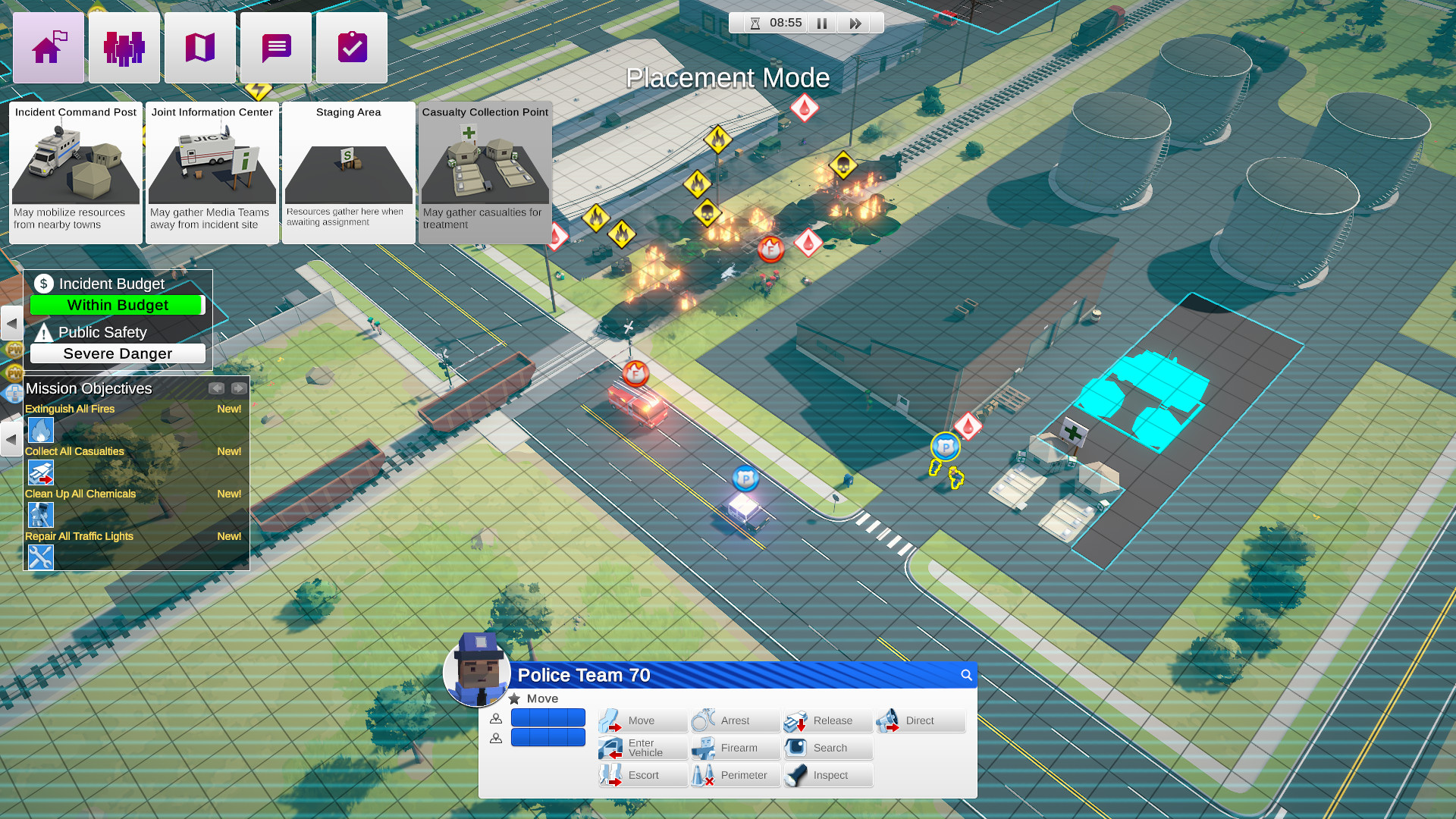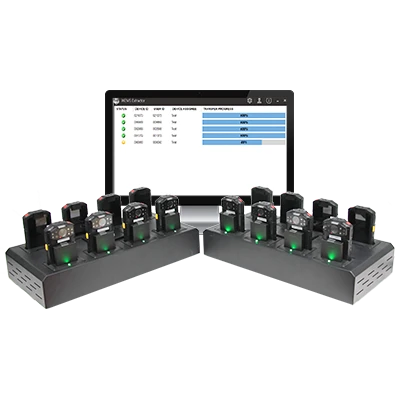
- #Hide commander one in dock mac os x#
- #Hide commander one in dock full#
- #Hide commander one in dock windows#
Now just run “killall Dock” again and you’re back to normal. You can reverse this setting at any time by running this command:ĭefaults delete showhidden Press Enter again and you’re done! You’ve enabled a setting in the Dock’s preference file to make hidden app icons translucent. Press Enter on your keyboard, then type this command for the changes to take effect: Launch Terminal (Applications > Utilities) and enter the following command:ĭefaults write showhidden -bool YES This way you can instantly recognize which apps are visible and which ones aren’t.
#Hide commander one in dock mac os x#
A buried feature of Mac OS X takes care of this issue, though, by making hidden app icons translucent in the Dock. There’s no indication that they’re hidden, so they blend in with all of your visible apps. Here’s the one downside to hiding open apps on your Mac: you can’t tell which apps are hidden by looking at the Dock. You can also hold down the Option key when clicking away from an app to hide it. After depressing the 'C' key once you'll need to choose the option for 'Tiger's Claw', then the option for 'request landing.' Remember to have the Tiger's Claw 'targeted' (T key) before trying to communicate with the ship. Plus, with Dell Client Command Suite and Microsoft System Center. This is really convenient for focusing on one specific task. Use your radio (C key) to communicate with the Tiger's Claw. Work without disruptions utilizing a single firmware on our most manageable docks ever. For example, pressing Cmd+Option+H will “Hide Others,” or every window on your screen not belonging to the active app.


Other than pressing Cmd+H, you can hide currently running apps in a few different ways too. To bring them back and instantly pick up where you left off, just click the app’s icon in the Dock. They’re still running in the background, but are not visible on your desktop.
#Hide commander one in dock windows#
It’s simple: just press Cmd+H to hide all of the windows that belong to the app you’re currently using.
#Hide commander one in dock full#
If you’re a Mac user who frequently has a cluttered screen full of open windows, OS X’s app hiding feature is perfect for you. But with a quick Terminal command, hidden app icons can fade into the background with lowered opacity. I am skipping the ridiculous number of times you will have to enter your password.When looking at the Dock, it can be difficult to tell when a running Mac app has been hidden from view.

(Be careful not to let Finder change the extension to. Ive started using Forklift as a Finder replacement, so I dont need Finder in my Dock. Save the (duplicate) file to your desktop.



 0 kommentar(er)
0 kommentar(er)
